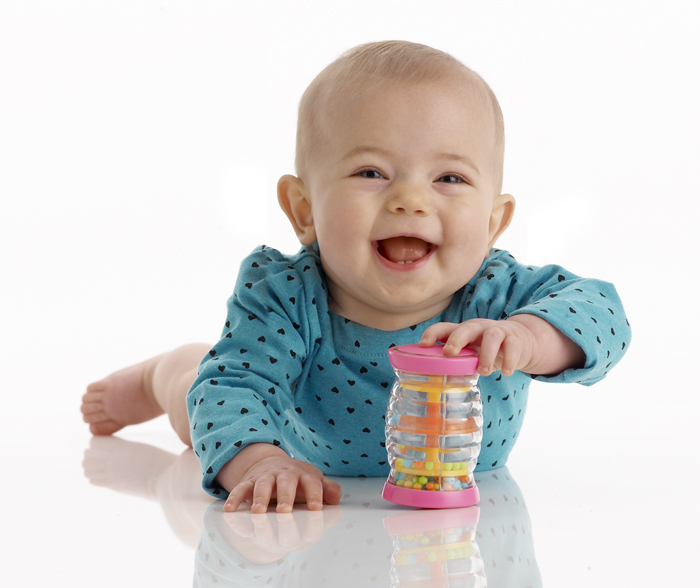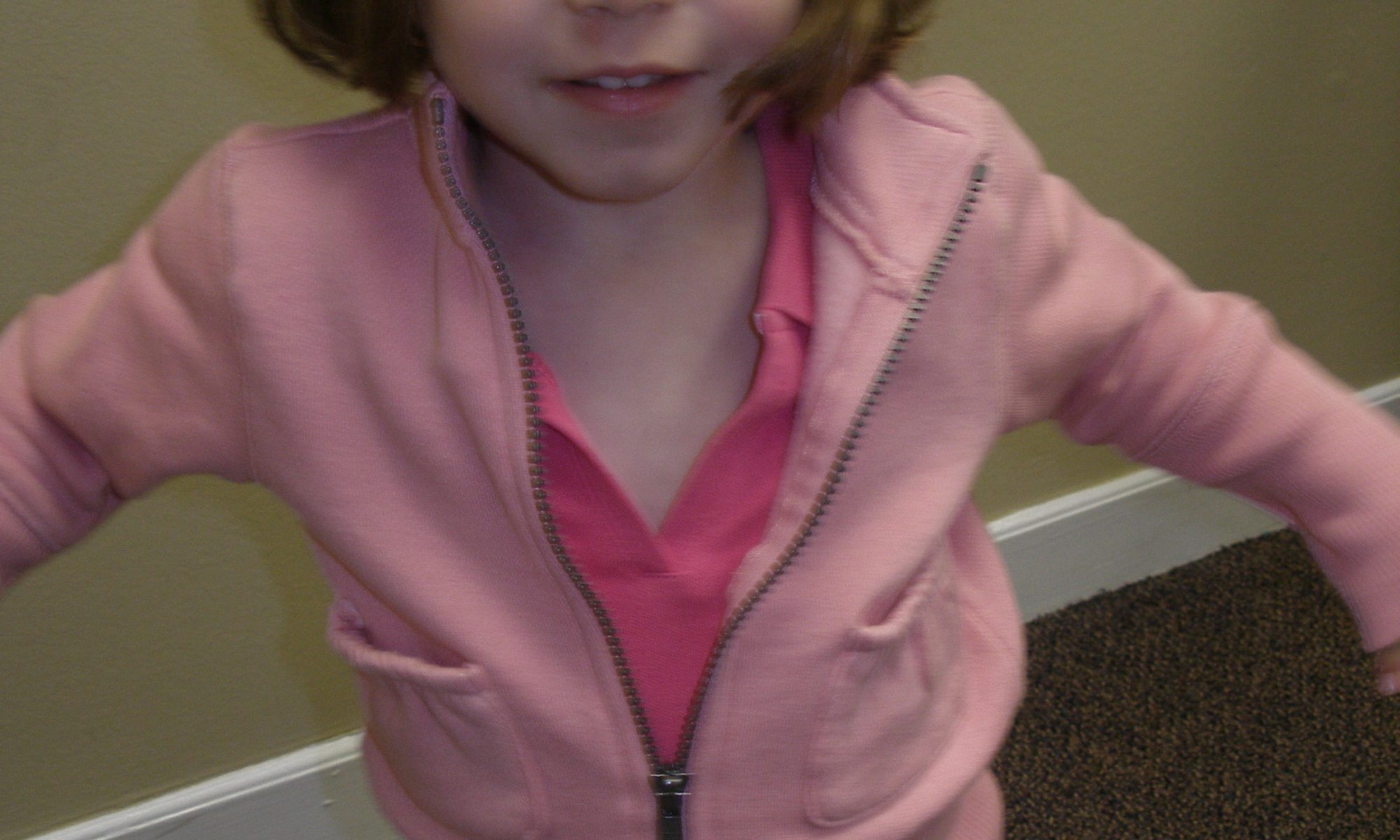[vc_row][vc_column][vc_column_text]What drives us? What is important in our lives? Connections…family…friends…and all things beautiful in this world; art, poetry, dancing, and music. Can you imagine your life without music? Movies without a sound track? Cars without a radio? The truth is this: music does more than entertain. It lights up parts of the brain seemingly put there to react to it. Dr. Boyle explores research that indicates integrating music into other subjects makes them come alive…and how music transformed the lives of some special young people. [/vc_column_text][vc_column_text][/vc_column_text][vc_column_text]We learn the alphabet through song, there are songs about math facts, songs that teach the names of the states, and more. There’s even a rap that teaches the presidents of the United States. And who can forget School House Rock? Admit it, you still can sing Conjunction Junction and I’m Just a Bill.
Way back in the 1960s, two Bulgarian researchers discovered what moms and dads the world round already knew: music increases the quality of memories formed, leading to easier recall of facts and experiences. Drs. Georgi Lozanov and Evelyna Gateva developed methodologies which involved incorporating music into language learning. The results were rather amazing, specifically the retention length. This was greatly improved when music was incorporated, even in a passive way.
Author and educator Chris Boyd Brewer provides us with a wonderful list of benefits when music is integrated into early childhood learning experiences:
- establish a positive learning state
- create a desired atmosphere
- build a sense of anticipation
- energize learning activities
- change brain wave states
- focus concentration
- increase attention
- improve memory
- facilitate a multisensory learning experience
- release tension
- enhance imagination
- align groups
- develop rapport
- provide inspiration and motivation
- add an element of fun
- accentuate theme-oriented units
[/vc_column_text][/vc_column][/vc_row][vc_row][vc_column][vc_column_text]Last week, I attended a summer composers festival at Lehigh University in Bethlehem, Pennsylvania. One of the mentor composers was Dr. Steven Sametz, Professor of Music at Lehigh. He recently received the Raymond and Beverly Sacker 2013 Music Prize from the University of Connecticut, an award that commissions new music. In Dr. Sametz’s case, being a son of Connecticut, he opted to write a large scale choral/orchestral work that would honor the victims of the Sandy Hook tragedy. As most of the victims were young children, he decided that the voices of children, expressing how they deal with grief, needed to be part of the work.
Dr. Sametz traveled to an inner-city school in Philadelphia to meet with a group of students, each of whom had experienced violent loss in their young lives. At first, these kids were silent; it was difficult to get them to talk about their experiences. As the process went on, they opened up and began to share. When their words were integrated into the work, titled A Child’s Requiem, these young people were transformed. Their stories were being told. People cared about what they had to say. They suddenly had a voice – magnified by music.
These Philly kids attended the New York and Stamford, Connecticut premieres and were recognized on stage for their contributions to the work. These kids, who could barely see past tomorrow, began talking about what they wanted to be when they grew up…
“I want to be a poet.”
“I want to be a film maker.”
…all because of music.
I asked Katie Young, the dedicated music teacher of these amazing kids, what the most important effect of the whole process was for them. She said, “They couldn’t talk about the loss in their lives before. Now they can. I can see a much brighter future for them.”
…all because of music.
While reading an article on the state of music instruction in preschool programs, wading through academic jargon and buzzwords, I came across a quote from one of the teachers who participated in a research survey. It grabbed my attention in its honest simplicity:
“Our teachers sing all the time – the children sing and clap and dance around. Music makes our days happy.”
– Journal of Research in Music Education
For parents and teachers, that’s the brass ring. Happy children…happy teachers…this makes for a more productive and effective learning environment. Music, while bringing, joy to young children, unlocks their potential in other areas. They start to see what the first though was impossible…as perfectly possible. Frankly, that’s what we all want.[/vc_column_text][/vc_column][/vc_row]


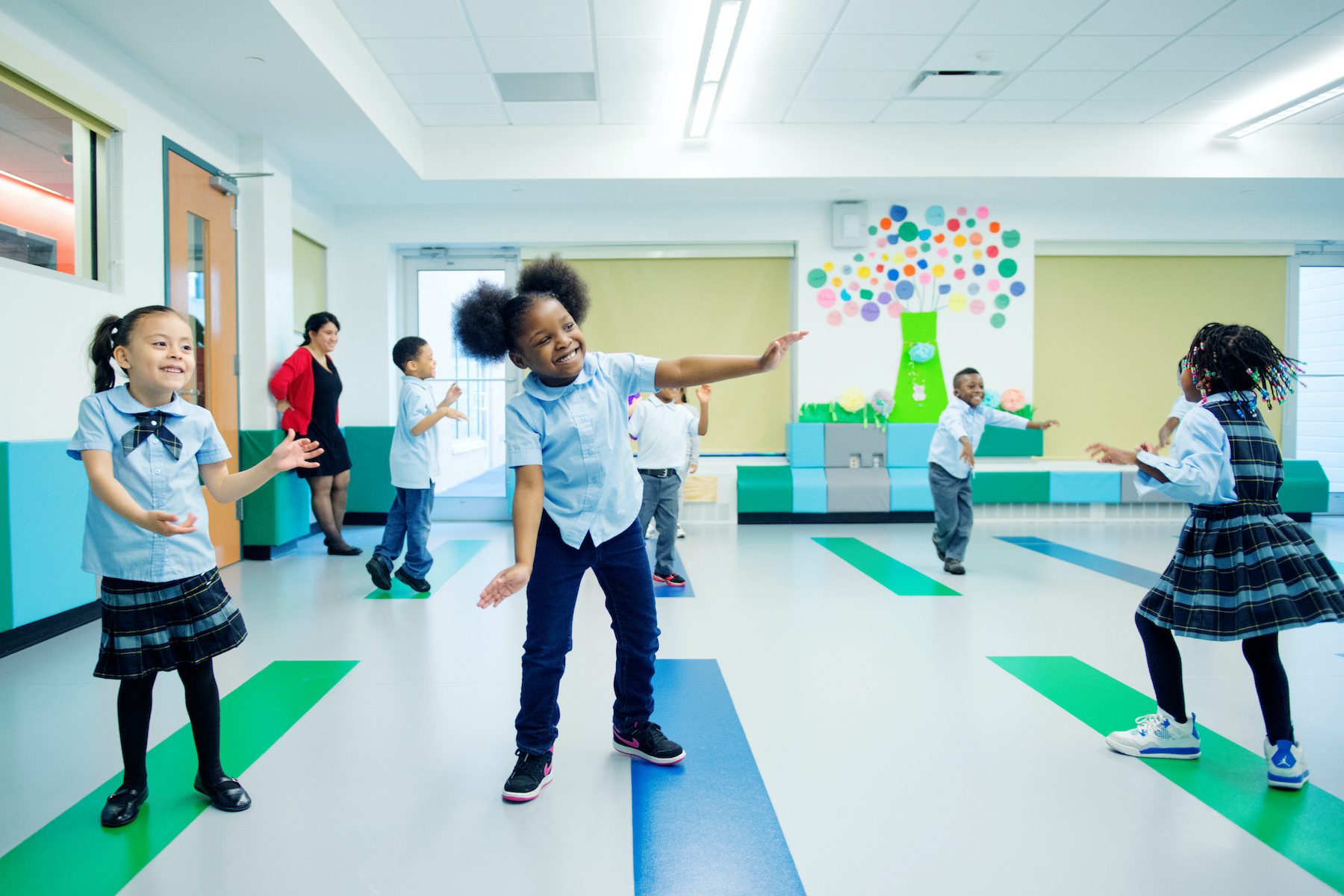
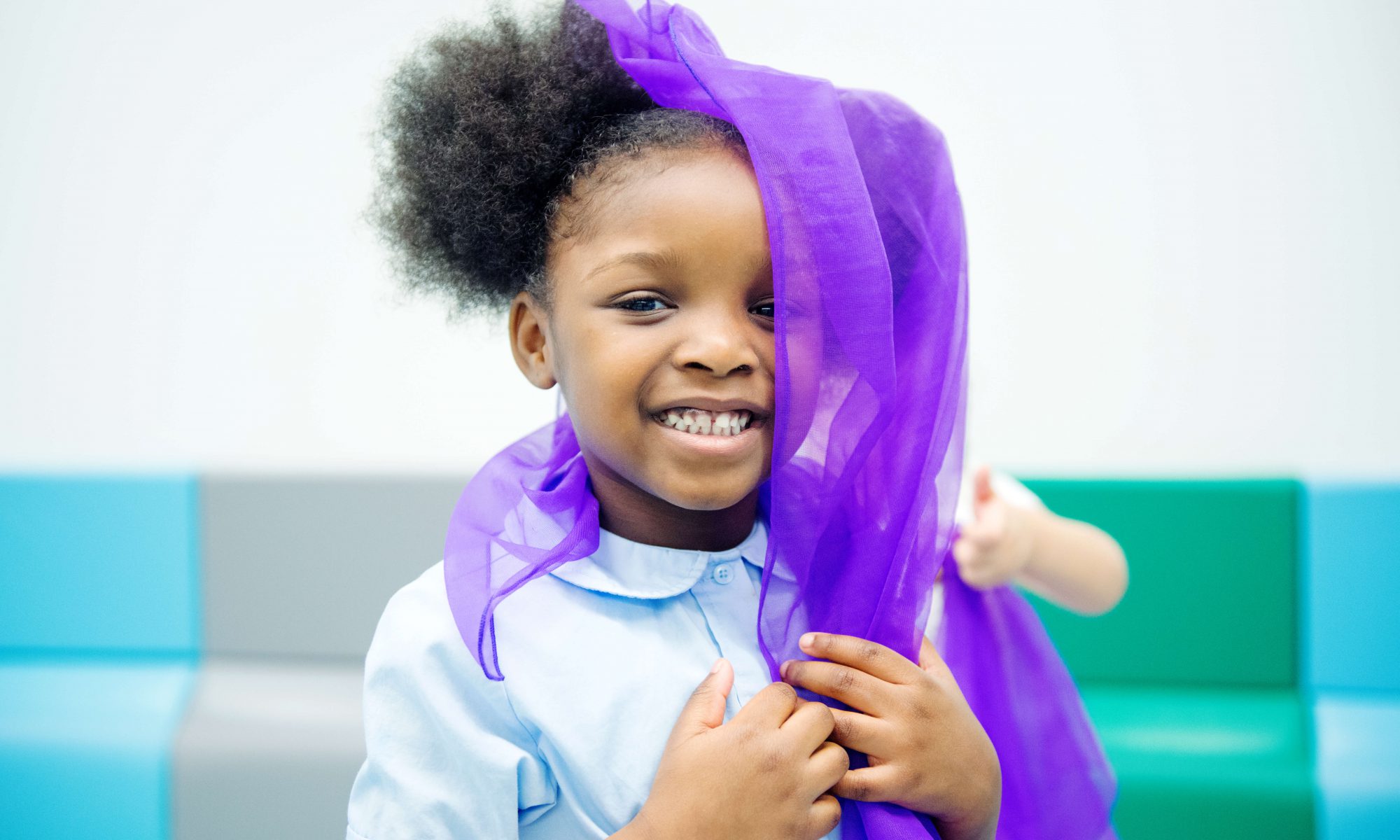
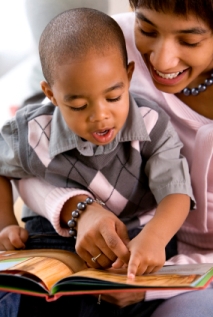

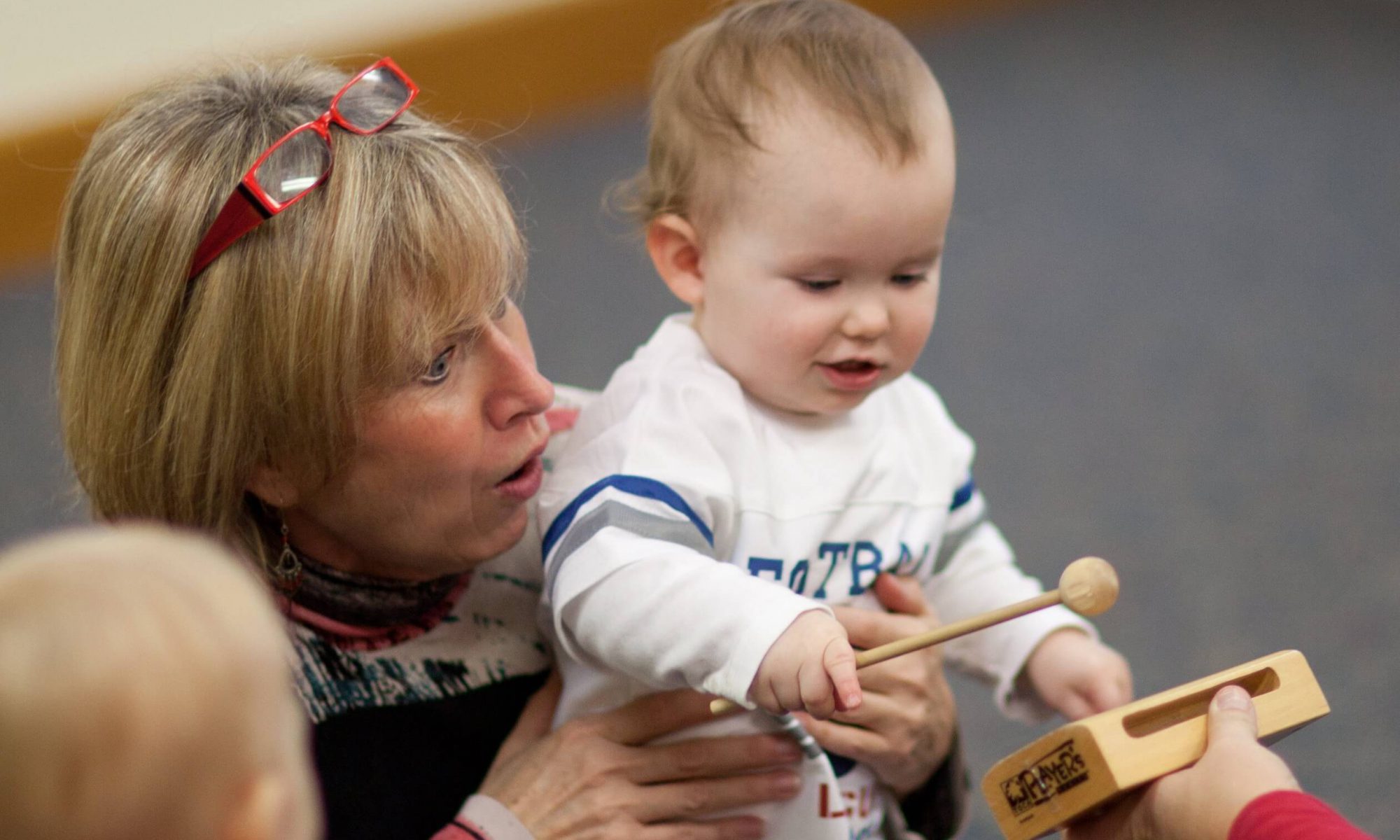
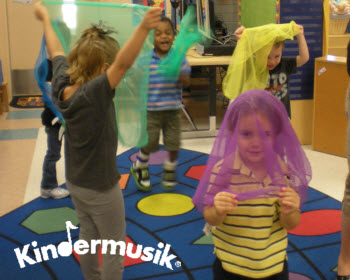

![KindermusikPresents_ABCMusicAndMe_AGlobalEarlyChildhoodCurriculum[1]](https://media2.kindermusik.com/website/sites/2/2014/05/KindermusikPresents_ABCMusicAndMe_AGlobalEarlyChildhoodCurriculum1-300x167.png)

